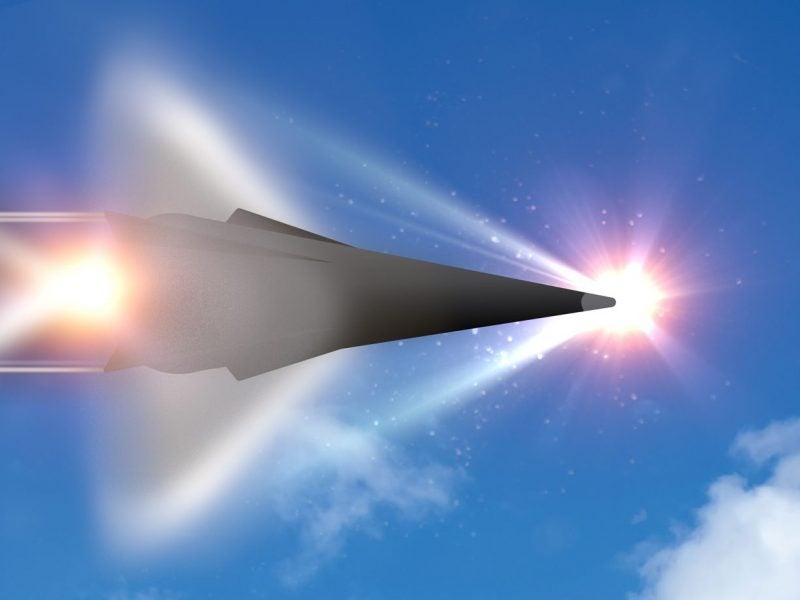
In the report, NATO cited data, artificial intelligence (AI), autonomy, space, hypersonics, quantum, biotechnology and materials as tech areas ‘either currently in nascent stages of development or are undergoing rapid revolutionary development.’
The report reads: “Technological development in data, AI, autonomy, space and hypersonics are seen to be predominately disruptive in nature, as developments in these areas build upon long histories of supporting technological development. As such, significant or revolutionary disruption of military capabilities is either already on-going or will have a significant impact over the next five to ten years.

Discover B2B Marketing That Performs
Combine business intelligence and editorial excellence to reach engaged professionals across 36 leading media platforms.
“New developments in quantum, biotechnology and materials are assessed as being emergent, requiring significantly more time (ten to 20 years) before their disruptive natures are fully felt on military capabilities.”
The report added that the crossovers between these technologies, such as with data, AI and autonomy, would be highly influential on the development of future military capabilities. Alongside this NATO also noted the importance of the intersections between data, AI and biotechnology; data, AI and materials; data and quantum; space and quantum; and space, hypersonics, and materials as other areas that would influence the development of military technology.
Commenting on the report NATO Deputy Secretary-General Mircea Geoană said: “This report is a glimpse into the future of defence. It will guide research at NATO and our Allies, to ensure that we maintain our cutting edge technology in the years ahead”.
China has in recent years made major investments in the field of AI and hypersonics, which analysts have previously warned could see the People’s Liberation Army leapfrog the US when it comes to military technology. The report notes: “China, following the release in 2017 of its AI development plan, has also obviously moved quickly to expand the science of AI and explore its use.”

US Tariffs are shifting - will you react or anticipate?
Don’t let policy changes catch you off guard. Stay proactive with real-time data and expert analysis.
By GlobalDataIn the report, NATO noted how the emerging disruptive technologies (EDT) largely come under four overarching themes: intelligent, interconnected, distributed and digital. Across these themes, NATO said: “Technologies with these characteristics are bound to increase the Alliance’s operational and organisational effectiveness through the development of a knowledge and decision advantage; leveraging of emergent trusted data sources; increased effectiveness of mesh capabilities across all operational domains and instruments of power; and, adapting to a future security environment replete with cheap, distributed and globally available technologies.”
NATO believes these emerging disruptive technologies, if adopted, will allow it to keep pace in an increasingly fast-paced world. The report goes on to say: “Alliance forces and a NATO
enterprise enabled by EDTs will expand the alliance’s ability to operate in rapidly evolving operational environments, such as space, cyber (including the information sphere) and urban areas.
“However, NATO will be challenged to ensure legal, policy, economic and organisational constraints are properly considered early on in the development of these technologies.”
Countering adversarial EDT development
As important as developing its capabilities in these spaces, NATO’s report notes that keeping pace with adversaries’ science and technology is also an important factor in maintaining its edge. However, NATO said it should not be assumed that foreign forces will pursue the same technologies or development in the same ways that its members do.
The report reads: “Red forces are themselves complex and adaptive. It is misleading to consider red force development of EDTs as being a simple mirror of blue force development.
“Potential asymmetric and peer/near-peer competitors will take differing exploitation paths and may potentially target novel applications in the physical, human or information domains.”
NATO noted that like all military technology, countermeasures, and counter-countermeasures are eventually developed. It also said that increasingly globalised supply chains mean the ‘life-span of a technological advantage may become increasingly short.’
As a result of this NATO thinks that the best operational success in the next 20 years will come from actors who are ‘best able to effectively integrate EDTs within enterprise and operational functions, as well as those who continue to push the technological edge.’
The report found that it is ‘essential’ for the alliance and its members to assess the impact, readiness, synergies, and operational applications of each outlined emerging technology, with the report adding that members have ‘little choice but to adapt to this environment’.
NATO added: “For over 70 years, NATO has stayed at the forefront of technology to ensure the defence of its allies and the success of its operations. The NATO Science and Technology Organisation supports the alliance to maintain its advantage in this area by generating, sharing and utilising advanced scientific knowledge, technological developments and innovation.”





